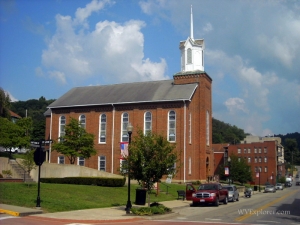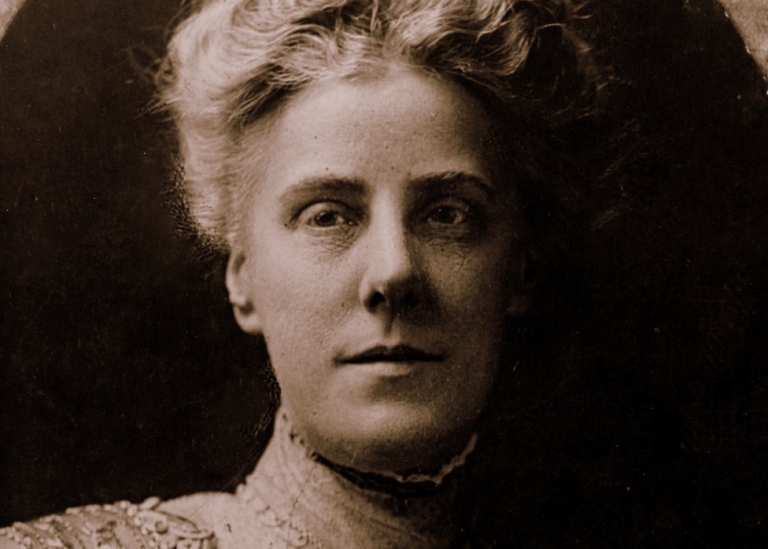More than a century has passed since West Virginia native Anna Jarvis planned the first Mother's Day service, and the second Sunday of May has never been the same. Here are five things you may not know about the big spring holiday that's rooted in the Mountain State.
1. Spring 2021 marks West Virginia’s 113th Mother’s Day
On May 10, 1908, Anna Jarvis organized the first Mother’s Day celebration at Andrews Methodist Episcopal Church in Grafton, West Virginia. The 46-year-old Taylor County native wanted to honor her late mother, Ann Reeves Jarvis, who’d spent many years teaching Sunday school at the West Virginia church.
Ann Jarvis, a lifelong social activist born in Culpeper, Virginia, had passed away three years earlier at age 72.
2. Grafton and Philadelphia both stake a claim as the birthplace of Mother’s Day

Jarvis planned two services on that first Mother’s Day—a morning service in West Virginia and a second that afternoon in downtown Philadelphia, where she and her surviving siblings made their homes for many years. She wasn’t present for the West Virginia service and instead sent a telegram and a donation of 500 white carnations—her mother’s favorite flower.
More than 400 people attended the Grafton service held in what’s now the International Mother’s Day Shrine while thousands turned out for the service in Philadelphia in the grand court of the Wanamaker’s Department Store, now a national historic landmark.
3. Anna Jarvis wanted a national Mother’s Day
After the public’s positive response to the 1908 Mother’s Day events, Jarvis envisioned a holiday with a bright future. She wrote letters urging legislators and governors to support Mother’s Day in their states and lobbied celebrities such as Mark Twain to get on board.
In 1910, West Virginia Governor William E. Glasscock signed legislation making the second Sunday in May an official state holiday. Other states follow suit.
When Woodrow Wilson becomes president in 1913, Jarvis took her campaign to the White House. She drew on her ties to Staunton, Virginia, where Wilson grew up and where she had attended school at what today is Mary Baldwin College. Wilson designated Mother’s Day as a national holiday in 1914.
4. And then she fought it
But a few years afterward, Jarvis shifted from being a Mother's Day's advocate to becoming its all-out enemy. She hated watching businesses earning profits from the holiday, and mass-produced cards and boxed “Mother’s Day chocolates” didn’t jibe with her notion of a simple, sentimental day for Mom.
In 1922, she backed a boycott of florists to punish them for hiking the price of white carnations every May. She labeled the gift-givers as problems, too.
“A printed card means nothing except that you are too lazy to write to the woman who has done more for you than anyone in the world,” she wrote at one point. “And candy! You take a box to Mother—and then eat most of it yourself. A pretty sentiment.”
5. Her quest to quash Mother’s Day cost her a lot
Jarvis never married or had children. Decade after decade, she kept fighting the holiday, spending every penny she had, taking her anti-Mother’s Day tirades door-to-door in Philadelphia. In 1943, the increasingly bitter recluse started a petition to rescind Mother's Day—to see it taken off the calendar.
In early 1944, her last surviving sibling died, and Jarvis became a patient at the Marshall Square Sanitarium in West Chester, Pa. She lived four more years and passed away at age 84 on Nov. 24, 1948. Her final resting place is in West Laurel Hill Cemetery in Bala Cynwyd, Pa.—a shared gravesite with her mother, sister Elsinore, and brother Claude.
Sign up to receive a FREE copy of West Virginia Explorer Magazine in your email twice weekly. Sign me up!





























